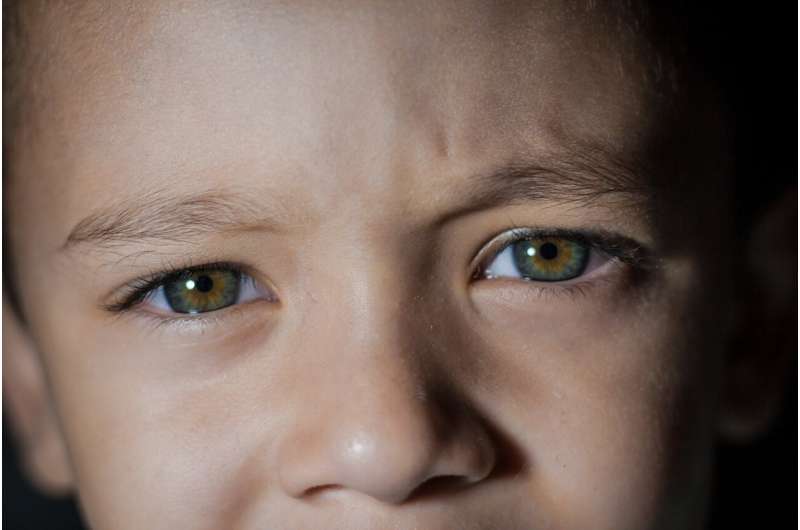Innovative AI-Driven Bioelectronic Device Accelerates Wound Healing

A novel AI-powered bioelectronic device accelerates wound healing by personalizing treatment with real-time diagnostics and adaptive therapy, promising faster recovery and improved care.
A groundbreaking wearable system, developed by researchers at the University of California, Santa Cruz, leverages artificial intelligence (AI) and bioelectronics to significantly enhance the wound healing process. This innovative device, named "a-Heal," integrates a miniature camera, bioelectronic actuators, and machine learning algorithms to monitor, diagnose, and treat wounds in real-time.
The healing of wounds involves multiple complex stages, including clotting, immune response, scabbing, and scarring. Traditionally, wound care has depended on manual assessment and standardized treatments, which may not optimize each healing stage. The a-Heal system aims to personalize and accelerate this process by continuously observing the wound, analyzing healing progression, and delivering targeted therapy.
Equipped with a high-resolution camera, the device captures images of the wound every two hours. These images are processed through a machine learning model, dubbed the "AI physician," which assesses the wound's healing stage and compares it against typical healing trajectories. If delays or issues are detected, the system automatically administers treatments such as medication—fluoxetine, a selective serotonin reuptake inhibitor that alleviates inflammation and promotes tissue growth—or applies electric fields to stimulate cell migration.
The treatment is precisely dosed and delivered via bioelectronics integrated into the device, which is designed to attach conveniently to standard bandages, making it suitable for both clinical and home use. The system's ability to deliver real-time adjustments makes it a promising tool for treating acute wounds faster and for jump-starting healing in chronic or stalled wounds.
Researchers led by Professor Marco Rolandi combined expertise in electrical engineering, applied mathematics, and bioelectronics to create a closed-loop system. The device’s onboard camera, developed by Dr. Mircea Teodorescu, continuously images the wound, while the AI model, created by Dr. Marcella Gomez, evaluates healing progress and recommends treatment modifications. The AI system employs reinforcement learning, a method where the model learns to optimize treatment strategies through trial and error, aiming to minimize wound closure time.
Preclinical testing demonstrated that wounds treated with a-Heal healed approximately 25% faster than with conventional methods, indicating significant potential for clinical application. The device also transmits data, including healing rate and progress, to healthcare providers for manual oversight and intervention. Its portability and wireless design could make advanced wound care accessible even in remote or resource-limited settings.
This innovative system not only exemplifies the convergence of AI, bioelectronics, and wound care but also underscores the potential for personalized, adaptive treatment solutions that could revolutionize the management of wounds and other medical conditions.
Stay Updated with Mia's Feed
Get the latest health & wellness insights delivered straight to your inbox.
Related Articles
Enhanced Eye Imaging Using AI Revolutionizes Diagnostic Accuracy
A new AI-driven approach utilizing physics-informed models significantly improves the clarity of eye images, aiding in more accurate diagnosis of ocular conditions.
Comprehensive Approaches to Treating Amblyopia (Lazy Eye)
Learn about the latest treatments for amblyopia, including eye patching, drops, and innovative digital therapies, to restore and improve vision in children.
Deep Tissue Cancer Treatment with Cold Plasma Technology
Innovative research shows that cold plasma can penetrate deep into tissue layers to target and destroy cancer cells, offering new hope for advanced cancer therapies.
Enhancing Infant Formula Preparation Guidelines to Prevent Deadly Bacterial Contamination
New research highlights the need for clearer guidelines in preparing powdered infant formula to prevent deadly bacterial infections in high-risk infants, emphasizing precise temperature control and preparation steps.



